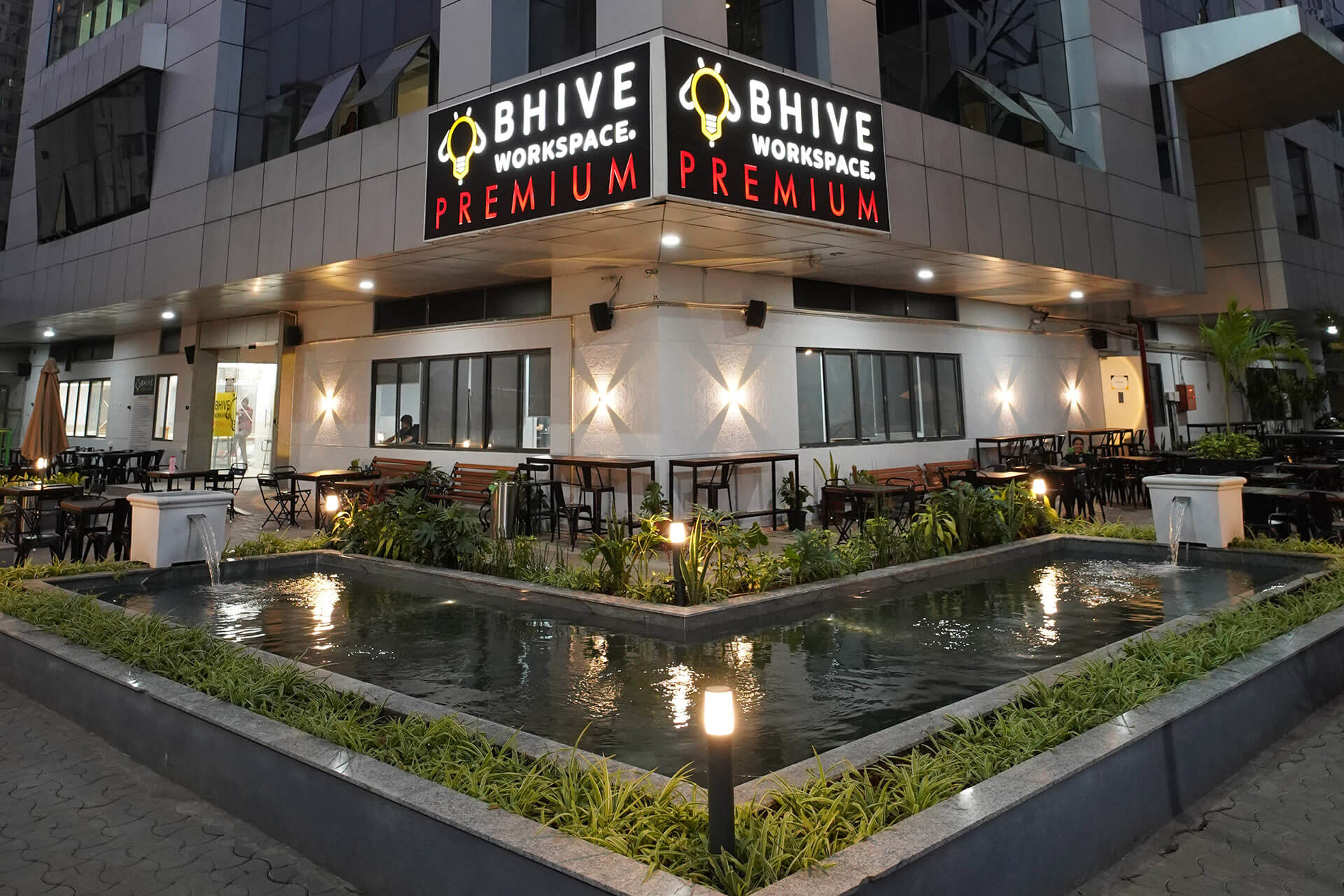- Awareness: A very large segment of Indian users is unaware of sustainable eco-friendly alternatives and their enduring benefits even today. Lack of knowledge about sustainable development thinks of it as an out of pocket or expensive choice.
- Cost: Sustainable components are expensive because manufacturers require more production costs. Therefore, the initial investment of choosing green alternatives will always be a lot. The equipment and materials needed to construct a green building are too expensive if compared to the regular ones. That is why many builders think twice before bearing these upfront costs and more often do not invest in them. The costs would vary depending on the project, whether it is a bungalow, a residential building or a commercial building. Although, the average difference in costs is almost 10% - 12%. The initial investment might be a little more, however, the cost is recovered in the long run. On average, you recover the cost in 3-4 years. For example, if you install solar panels worth Rs 20 lakhs, you will see a reduction in the monthly electricity bills and over a while, you will recover the 20-lakh investment
- Materials: Eco-friendly products are not sometimes readily available as compared to conventional products. You need to customise the needed products as per the requirement.
- Skillset: One of the biggest factors holding back Green Building Adoption in India is the lack of skilled experts and manpower. From policymakers to other industry players belonging to the different vertices do not possess proper knowledge as well as skills required to construct a green building.
- Limited Options: Some of the experts also believe that there are endless possibilities for sustainable development yet there are still less green alternatives in the market. They see limitations in colours, fixtures, fabrics, and more.
- Time: Going green usually takes time to redeem tax rebates, pay off the investment and also get the appropriate materials.
- Deficient Incentives: At this moment a very few incentive plans are available to motivate people to adopt sustainable development. Also, the ones which exist are not uniform as they vary across different states and cities, depending largely on the diverse governing bodies.
E - PAPER
Challenges in Building Eco-Friendly Homes
Tejas Chavan, Managing Director, Green Spaces briefs on the challenges and potential of constructing sustainable and an eco-friendly property. Economy, social development, health and happiness are considered important pillars of sustainable development and
 BY
Realty Plus
BY
Realty Plus
Published - Tuesday, 03 Aug, 2021

Tejas Chavan, Managing Director, Green Spaces briefs on the challenges and potential of constructing sustainable and an eco-friendly property.
Economy, social development, health and happiness are considered important pillars of sustainable development and are hugely benefited by nature. Yet its services are wildly taken for granted. We still leverage and most certainly destroy nature to sustain our development model. Instead of changing the model and aligning it with nurturing its resources, we keep abusing them.
Why Sustainable development is becoming a strong trend?
“Green” has been a buzzword for the past few years. As the concept gained more popularity, so did the availability of eco-friendly alternatives for almost everything including cleaners, food, building material, fashion etc. This is why we can spot green options in our homes now more than ever. This is going to be a strong trend in the coming years. The main goal of sustainable land management is to balance the complementary goals of providing social, environmental and economic benefits to the present as well as the future generations. Also, make sure to not only maintain but also enhance the quality of land resources. Everyone is aware of the problems and also their consequences thus it is the right time to focus on the solutions.
How to Go Green?
We should try to use natural resources within the limitations of the regenerative capacity of the Earth. It is a need that we maintain the maximum chunk of land in a natural state to ensure the ecosystem. We must generate energy through clean technologies. More food should be produced using the least amount of water, fertilizers, pesticides and land. Fishes should be harvested to ensure the most effective reproduction. Technology can play a big role in creating sustainable development. The government can also announce subsidy schemes and awards and recognition to promote more sustainable development.
While homeowners have the will to go green what are the limitations?
RELATED STORY VIEW MORE
TOP STORY VIEW MORE

Mixed Outlook for Australia's Housing Sector In 2024
Mixed Outlook for Australia's Housing Sector In 2024
05 December, 2024NEWS LETTER
Subscribe for our news letter
E - PAPER
-

CURRENT MONTH 
LAST MONTH














